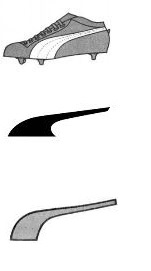Trademark agency Abcor - protect your trademark
Contact
If you have questions or want to know more about our services?Please mail: info@abcor-ip.com
Please call: 31 (0)71 576 3116
On the one hand this new arrangement is a blessing for companies that want to launch a new brand. If an old trademark is not used, it can be removed quickly and easily, making way room for the new trademark. However, there is also a downside. Companies that used to be active in domain name hijacking now use these procedures to make a quick buck. They start proceedings against old trademarks and only if its trademark owner pays them a large sum of money, the company withdraws the procedure.
Up till now this is permitted. Trademark holders should take precautions in order to prevent this from happening, allowing these companies to make money. Check the trademark portfolio regularly. If there are trademarks that have remained unused in the past five years, that are important to the holder to maintain, re-file the trademark. This is allowed in the Benelux! This way the holder keeps the exclusivity of the trademark and it is in fact cheaper than messing with this kind of 'rogue' companies.
trademark-registration
